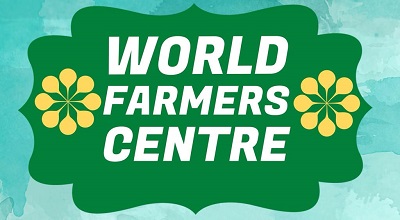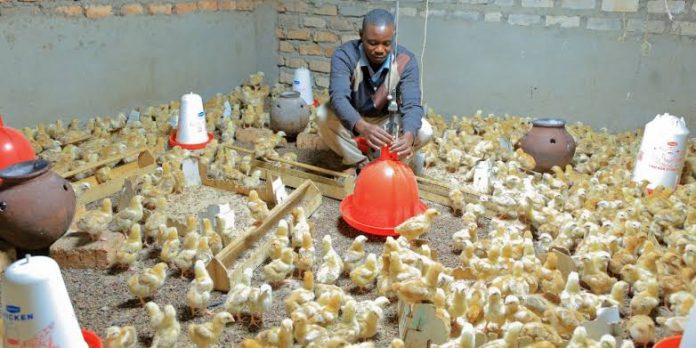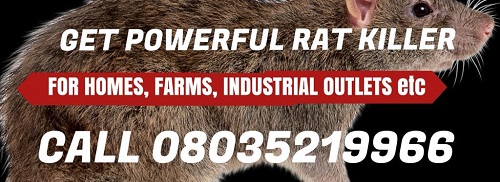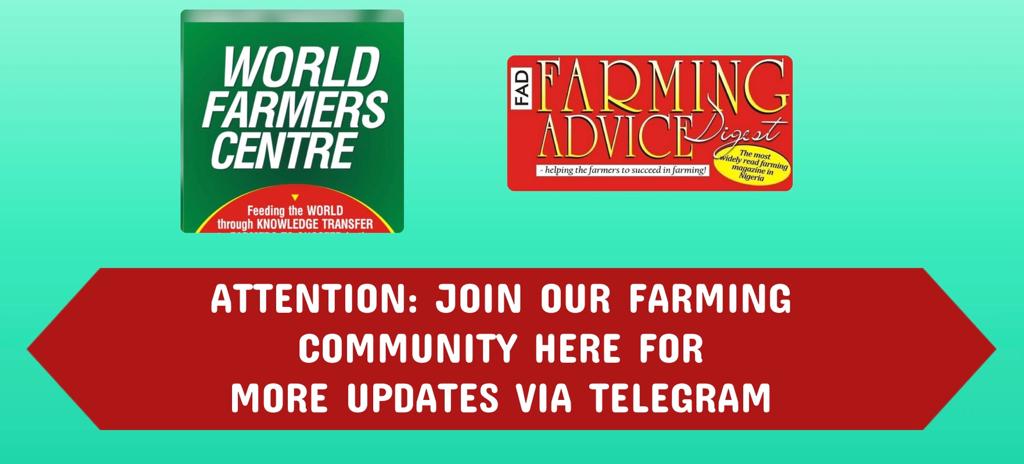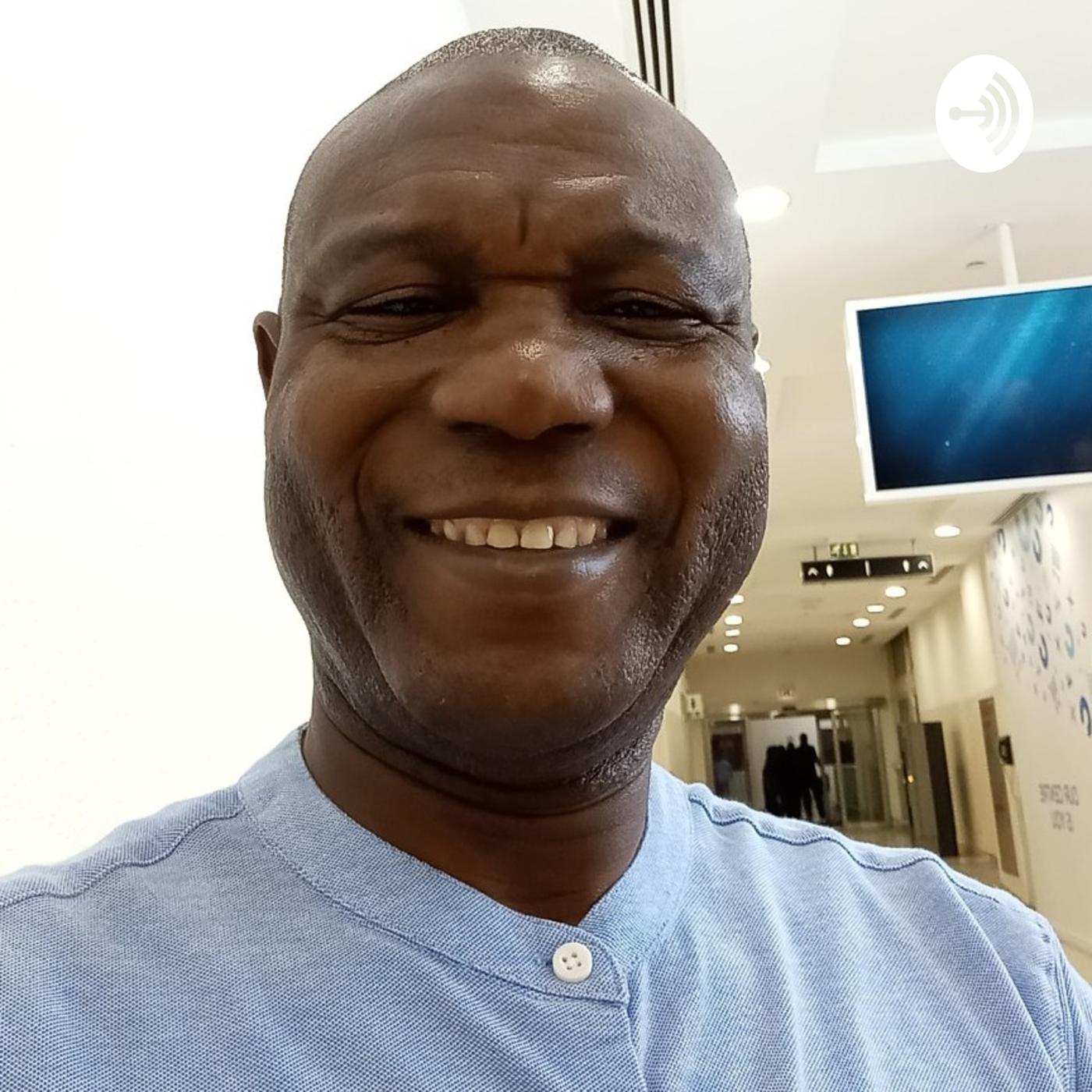A Unique Business Model to Sell Chicken in Ethiopia, Rwanda and Beyond
Flow Equity, through its in-country subsidiaries, sells day-old chicks to its network of trained agents, who grow the birds for a month before selling them on to rural households.
 Learn More
Learn MoreFlow Equity, through its in-country subsidiaries, sells day-old chicks to its network of trained agents, who grow the birds for a month before selling them on to rural households.
Flow Equity is a multi-country poultry business targeting rural households. Its Ethiopian unit, EthioChicken, was founded in 2010, and the company has since expanded to Rwanda and Uganda through its Uzima Chicken subsidiary.
Impact investment firm AgDevCo recently invested in Flow Equity alongside other investors including AHL Venture Partners, Acumen, and the Bill & Melinda Gates Foundation in a round worth US$14 million. James Torvaney speaks to AgDevCo chief investment officer Chris Isaac about why his firm backed Flow Equity, the company’s business model and trends in Africa’s poultry industry.
Tell us about Flow Equity’s business model.
Flow Equity is a day-old chick producer with a twist. They are not targeting commercial producers of broilers (chickens reared for meat) or layers (for eggs), as most hatcheries do, but they are seeking to reach rural households.
To do this successfully the company has built a smart distribution system where they work with a network of independent agents, who buy the chicks from Flow Equity, rear them to six or seven weeks old, and then sell them to the end customers.
Inherent to that model is a significant multiplier effect – Flow Equity works with thousands of agents, each of whom sell to hundreds of households. This has enabled the company to reach hundreds of thousands of households and sell around 25 million chicks per year in Ethiopia, and reach around 500,000 households in Rwanda and Uganda.
ATTENTION: Click “HERE” to receive More updates directly on your Telegram!
How does this compare to the standard day-old chick business model?
Most day-old chick companies will sell specialist broiler and layer birds. Their typical customers will be commercial growers, who will be breeding tens if not hundreds of thousands of birds.
Flow Equity’s model is very different. Each agent will buy between 500 and 2,000 birds at a time, rear the chicks and sell them to the end customers. These end customers are typically small rural homesteads with a dozen or so chickens in the backyard, who use the same chickens for both eggs and meat, either for their own use or to sell in the local community.
READ ALSO: *🛑Selection Criteria in Turkey Breeding *
What are the benefits for the agents who work with Flow Equity?
The agents are entrepreneurs. Flow Equity recruits and vets the agents, provides training, and vaccinates the birds. But the agents themselves are independent micro businesses – they invest in the chickens and the feed, and they have to go out and find the customers themselves.
This can be a very profitable business model for the agents. A typical agent might buy 1,000 day-old chicks every five to six weeks. They will pay roughly one dollar per chick, another dollar for feed, and sell the chick for three dollars after six weeks. Agents might turn over US$10,000-15,000 per year, with around a third of that being profit.
Flow Equity sells a unique breed of ‘hybrid’ chicken. Can you tell us more about that?
This is an important part of Flow Equity’s model. The bird they sell is neither a specialist broiler or a layer, but a ‘hybrid’ bird. The breed was developed by a French company called Sasso, and Flow Equity has exclusivity on a specific type of Sasso for distribution in African countries.
Whilst it looks similar to traditional village chickens, it lays two to three times as many eggs, requires less feed being an effective scavenger, and grows to a bigger size.
In other words, it’s a bird that is perfectly suited for its customers, without the need for large capital expenditures on temperature-controlled laying houses, automated feeding systems, etc.
Is the model identical across the Ethiopia, Rwanda, and Uganda?
The key elements, such as the agency model, remain broadly the same in all countries, but of course the on-the-ground teams will adapt the operations to fit each specific market.
What do you think has made Flow Equity so successful?
Flow has been successful because of its distribution model – because of the care and attention it takes in recruiting the agents, the support and training it provides, and the way it manages the distribution network and its data.
As with other businesses we work with in Africa, long-term success and sustainability is often dependent on building out your distribution network, optimising it, ensuring each party benefits, and creating efficiencies along that network.
The beauty of Flow Equity’s model is that they have a product that is exactly right for the market and they have a distribution model that allows them to scale rapidly and efficiently.
Highlight some of the biggest challenges Flow Equity faces?
Like all other livestock producers, Flow Equity are facing the challenge of rising food and raw material costs – in part due to the war in Ukraine but also due to local factors such as droughts and poor harvests. This has led to growth rates this year being slightly down on previous years, but the fact that the company has continued to expand through this period speaks to its resilience.
The other major challenge for all poultry businesses is managing disease risk. Right now, producers across Europe and Africa are nervous about bird flu and are having to invest heavily in biosecurity to mitigate the risk of that and various other diseases.
READ ALSO: *✳️ How a Farm manager, Girlfriend, two others were Kidnapped and one Killed during Rescue Operation in Oyo*
The model that Flow Equity has does reduce the risk compared to more commercial production models, because they are spread out amongst thousands of households rather than being all together in one farm, which reduces the impact of a single outbreak. For the company itself, they have had to invest in multiple production sites, to build in resilience.
What are the trends you see in the poultry industry in Africa?
Consumption of meat in African markets is still well below global averages, and so we see significant growth potential in providing low-cost white protein, both poultry and aquaculture, in the coming years.
However, in the short-term, with inflation, weakening exchange rates, and squeezed household incomes, there are a lot of headwinds for African producers. It is difficult to pass on these costs to end consumers and these difficulties are probably not going to ease for the next six to twelve months.
At an industry level, I think we will see some producers come out of this period of turbulence stronger, whilst others may fall away. I think inevitably the industry will see consolidation, with international poultry players looking at Africa as a potential growth market. However, I see Flow Equity’s model as being difficult for traditional players to replicate.
How is this funding round structured and what is it going towards?
This funding round is primarily to build expansion in new countries, including Ghana, Kenya, and Côte d’Ivoire, which have all started this year.
IMPORTANT: You can now Click “HERE” to receive More updates directly on your Telegram!
We are providing a combination of equity into the parent company, together with mezzanine debt into the operating companies – EthioChicken in Ethiopia and Uzima Chicken in Rwanda and Uganda – which should mean we see a good financial return in due course. One of the benefits that we have at AgDevCo is that since we are not a closed-end private equity fund that needs to exit within five years; we can be patient and stay with the company for a decade or even more.
We are looking for businesses that can deliver sustainable impact at scale. Flow Equity undoubtedly has strong management, and a business model that is replicable regionally, and of course there is a massive impact in terms of incomes and nutrition. It is one of the best examples we have come across of successful impact investment in Africa.
This is not the first time we have worked with Flow Equity. We were the first to back the expansion into Rwanda and then Uganda, and have provided multiple rounds of capital since then. The fact that the company has now rolled the model out in three countries gives us comfort that they can be successful in expanding further, but there is still a substantial greenfield risk. It would be challenging to raise private capital, or commercial debt, for this type of expansion due to the risk profile and long-term outlook it requires.
